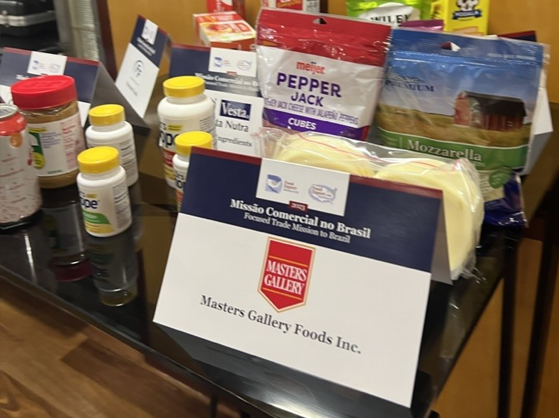CNA Publishes Translated Executive Summary of the U.S. International Trade Commission’s (ITC) Study on Maximum Residue Limits (MRL)
The Confederation of Agriculture and Livestock of Brazil (CNA) has provided a translation of the executive summary of the “Global Economic Impact of Maximum Residue Limits (MRLs) for Absent and Low Pesticides” study carried out by the United States International Trade Commission (USITC). The study translation, done by Bryant Christie Inc. (BCI) and requested by CNA, shows the economic impacts caused by MRLs policies on rural producers and trade in agricultural goods around the world. The report provides approaches to MRL policies, pesticide regulations, definitions of chemical residue limits in major US agricultural export markets, challenges for exporters in meeting MRLs, and case studies. According to the publication, an MRL is the highest level of pesticide residue allowed for crops in a country. To be imported or sold in a market, agricultural products must comply with the rules established by competent local authorities. According to the study, although there is an international consensus on the importance of this topic, the approaches and policies used to regulate pesticides and determine the MRLs in food are globally inconsistent and may be susceptible to political and socioeconomic influences. For CNA’s International Relations director, Lígia Dutra, monitoring international MRL policies is necessary since Brazil is an important agricultural player. In addition, she says that understanding the global trends of MRLs is the first step to structure national phytosanitary policies, defend the specificities of tropical agriculture, and position itself to prevent MRLs from being used as non-tariff barriers. According to the executive summary, if manufacturers have no incentives to register molecules for use in crops with insufficient phytosanitary support, the minor crops, producers will continue to be affected by legal insecurity and lack of options for pests and disease control. To access the full PDF, click here.
Source: CNA


